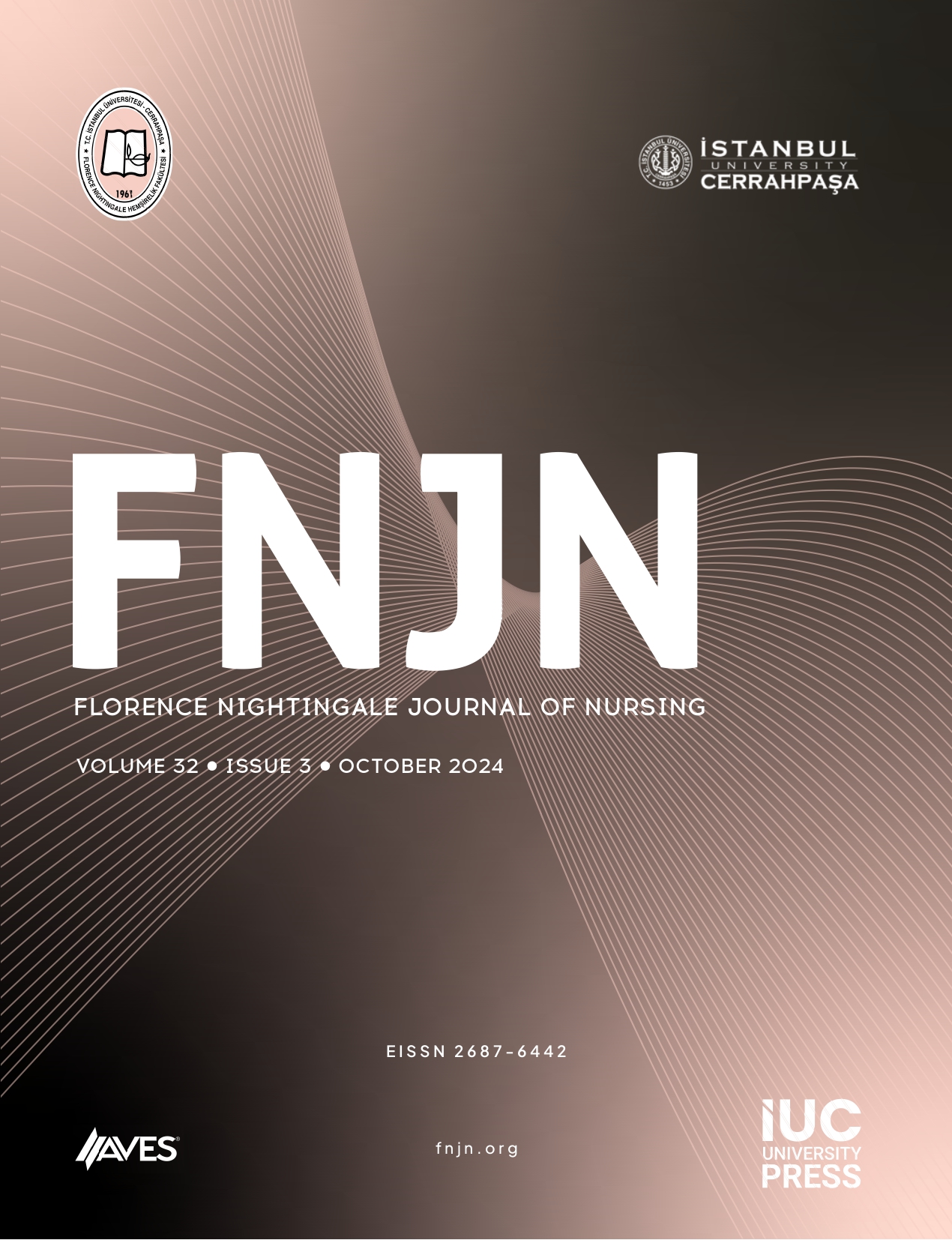Simulation improves student’s knowledge, skills and attitudes by creating the closest real clinical situation in nursing education. Simulation in women’s health nursing involves the re-enactment of routine or critical obstetric-gynecologic events involving women across the lifespan for procedural or behavioral skills training, practice, evaluation, or research. Also, goal of simulation is to improve the quality and safety of care for women and newborns. The technique of simulation for education and training in in women’s health nursing is not new. A brief review of the history confirms that this technique has solid roots deeply planted within the field of obstetrics and gynecology. However, until recently, technological limitations and other factors inhibited the use of simulation. Now, an appreciation for the potential value of simulation in health care education, training, and research is emerging and more applications are appearing. As the science of simulation evolves in women’s health nursing education, adherence to sound educational objectives will best guide its development and inform the extent to which realism and fidelity of a specific simulated clinical experience is necessary. To integration of simulation training into women’s health nursing education curriculum, it needs to be known knowledge and skills to design a high quality simulation. This article provides an overview of simulators and simulation in health care and describes the scope of their current use and anticipated applications within the women’s health nursing education.




.png)
.png)